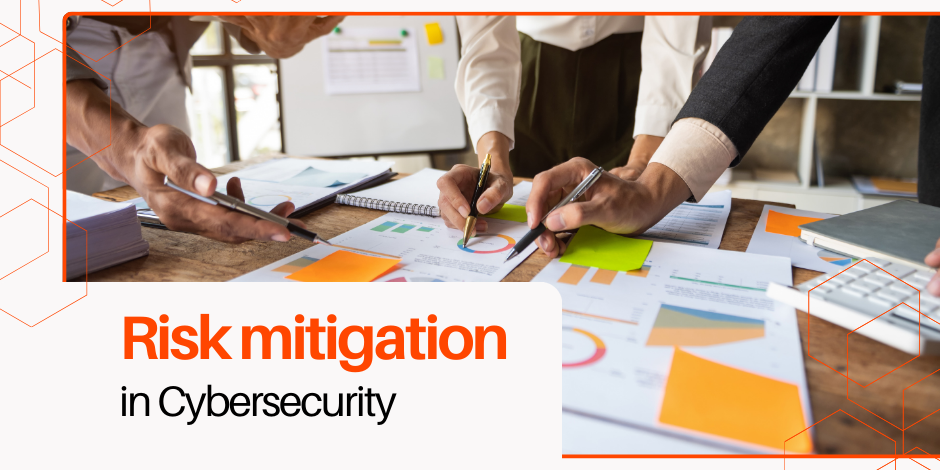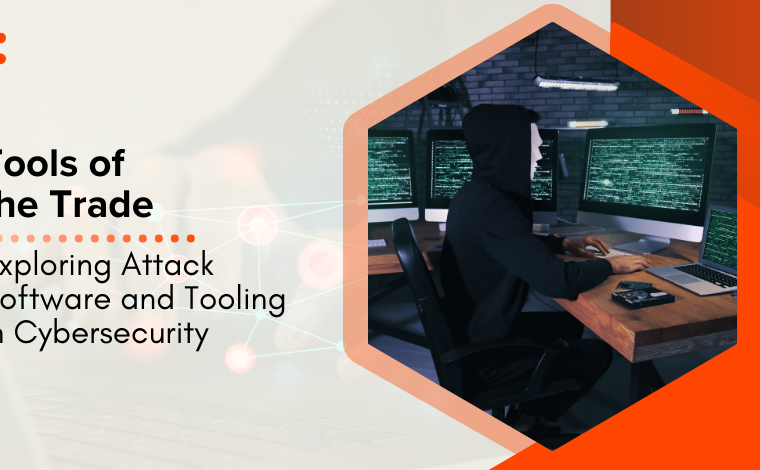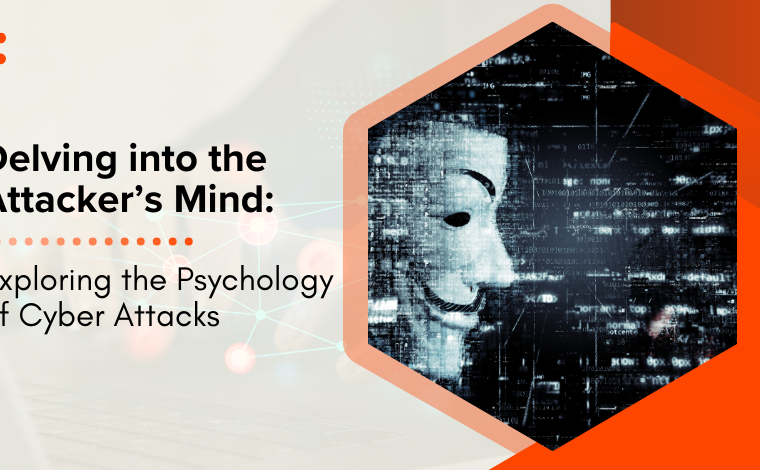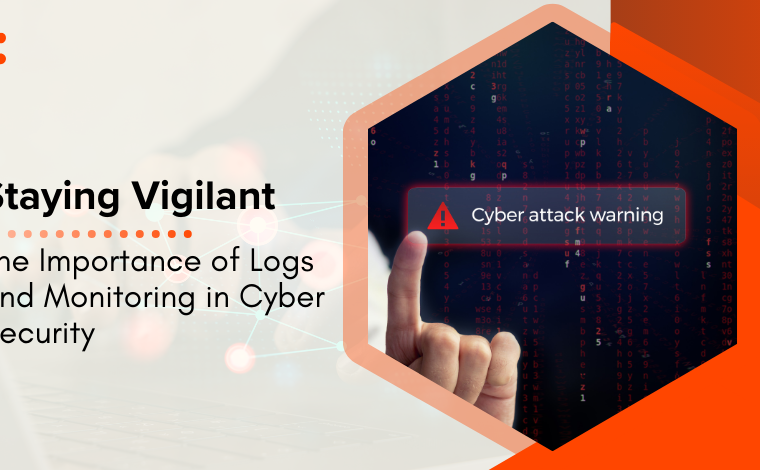Understanding Risk Mitigation in Cybersecurity

Stay Informed With Our Weekly Newsletter
Receive crucial updates on the ever-evolving landscape of technology and innovation.
The digital landscape is a complex, ever-changing environment that presents a multitude of threats.
As such, understanding risk mitigation in cybersecurity is crucial for any organization navigating this space.
This concept involves identifying, assessing, and prioritizing risks followed by coordinated and economical application of resources to minimize, monitor, and control the probability or impact of unfortunate events or to maximize the realization of opportunities.
The importance of risk mitigation in cybersecurity

With the increasing reliance on digital platforms for business operations, the need for robust cybersecurity measures has never been more pressing.
Risk mitigation in cybersecurity plays a pivotal role in this context, helping organizations protect their digital assets and maintain their reputation.
Without a comprehensive risk mitigation strategy, organizations expose themselves to a variety of cyber threats.
These can range from data breaches, which can lead to significant financial loss and damage to reputation, to more severe incidents like ransomware attacks, which can cripple an organization’s operations.
Key elements of risk mitigation in cybersecurity

Understanding risk mitigation in cybersecurity requires a grasp of its key elements.
These include risk identification, risk assessment, risk prioritization, and risk control.
Risk identification
The first step in risk mitigation is identifying potential risks.
In the fourth quarter of 2022, the Anti-Phishing Working Group (APWG) recorded a total of 1,350,037 phishing attacks, marking an increase from the previous quarter’s 1,270,833.
Throughout the year 2022, APWG documented approximately 4.7 million phishing attacks, reflecting a significant annual surge of over 150%.
These attacks encompass a spectrum of threats, ranging from conventional phishing attacks to more intricate and sophisticated forms, such as advanced persistent threats (APTs).
Tools such as threat intelligence platforms can aid in risk identification, providing insights into emerging threats and helping organizations stay one step ahead of cybercriminals.
Risk assessment
Once risks have been identified, the next step is to assess them.
This involves evaluating the potential impact of each risk and the likelihood of it occurring.
This step is crucial in understanding the level of threat each risk presents to the organization.
Risk assessment tools can help in this process, providing a quantitative analysis of risks and helping organizations prioritize their mitigation efforts.
Risk prioritization
Not all risks are equal, and organizations need to prioritize their mitigation efforts.
This involves ranking risks based on their potential impact and the likelihood of them occurring.
By doing so, organizations can focus their resources on the most significant threats.
Risk prioritization is often a complex process that requires a deep understanding of the organization’s operations and the potential impact of each risk.
Risk control
The final step for risk mitigation in cybersecurity is controlling the risks.
This involves implementing measures to reduce the likelihood of risks occurring or to minimize their impact if they do occur.
This could include anything from implementing robust security measures to providing staff training on cybersecurity best practices.
Risk control is an ongoing process that requires regular review and adjustment as the cybersecurity landscape evolves.
Implementing risk mitigation in cybersecurity

Implementing risk mitigation in cybersecurity is a multi-step process that requires a strategic approach.
It involves understanding the organization’s risk profile, developing a risk mitigation strategy, implementing this strategy, and then continuously monitoring and adjusting it as necessary.
While the specifics of this process will vary depending on the organization and its unique risk profile, some common steps can be followed.
Understanding the organization’s risk profile
The first step in implementing risk mitigation in cybersecurity is understanding the organization’s risk profile.
This involves identifying the organization’s digital assets, understanding the threats to these assets, and assessing the potential impact of these threats.
This step provides the foundation for the risk mitigation strategy, helping to identify the areas of greatest risk and the most effective mitigation measures.
Developing a risk mitigation strategy
Once the organization’s risk profile has been established, the next step is to develop a risk mitigation strategy.
This involves identifying the most effective measures to reduce the likelihood of risks occurring or to minimize their impact if they do occur.
The development of a risk mitigation strategy should be a collaborative process involving input from various stakeholders within the organization.
Implementing the risk mitigation strategy
With a risk mitigation strategy in place, the next step is to implement it.
This involves putting the identified measures into action, whether that’s implementing new security measures, providing staff training, or adjusting business processes.
Implementation should be monitored closely to ensure that the measures are effective and to identify any potential issues early on.
Monitoring and adjusting the risk mitigation strategy
Risk mitigation in cybersecurity is not a one-off process.
The digital landscape is constantly evolving, and as such, risk mitigation strategies need to be regularly reviewed and adjusted as necessary.
This involves monitoring the effectiveness of the strategy, identifying any new risks, and adjusting the strategy as necessary to address these risks.
Conclusion
Understanding risk mitigation in cybersecurity is crucial for any organization operating in the digital landscape.
It involves identifying, assessing, and prioritizing risks and then implementing measures to control these risks.
By implementing thorough risk mitigation in cybersecurity, organizations can protect their digital assets, maintain their reputation, and ensure their ongoing success in the digital age.
If you’re considering a future in software engineering, explore the Institute of Data’s specialized Cybersecurity program, designed for full-time and part-time students.
Alternatively, we encourage you to book a free career consultation with a member of our team to discuss the program further.




